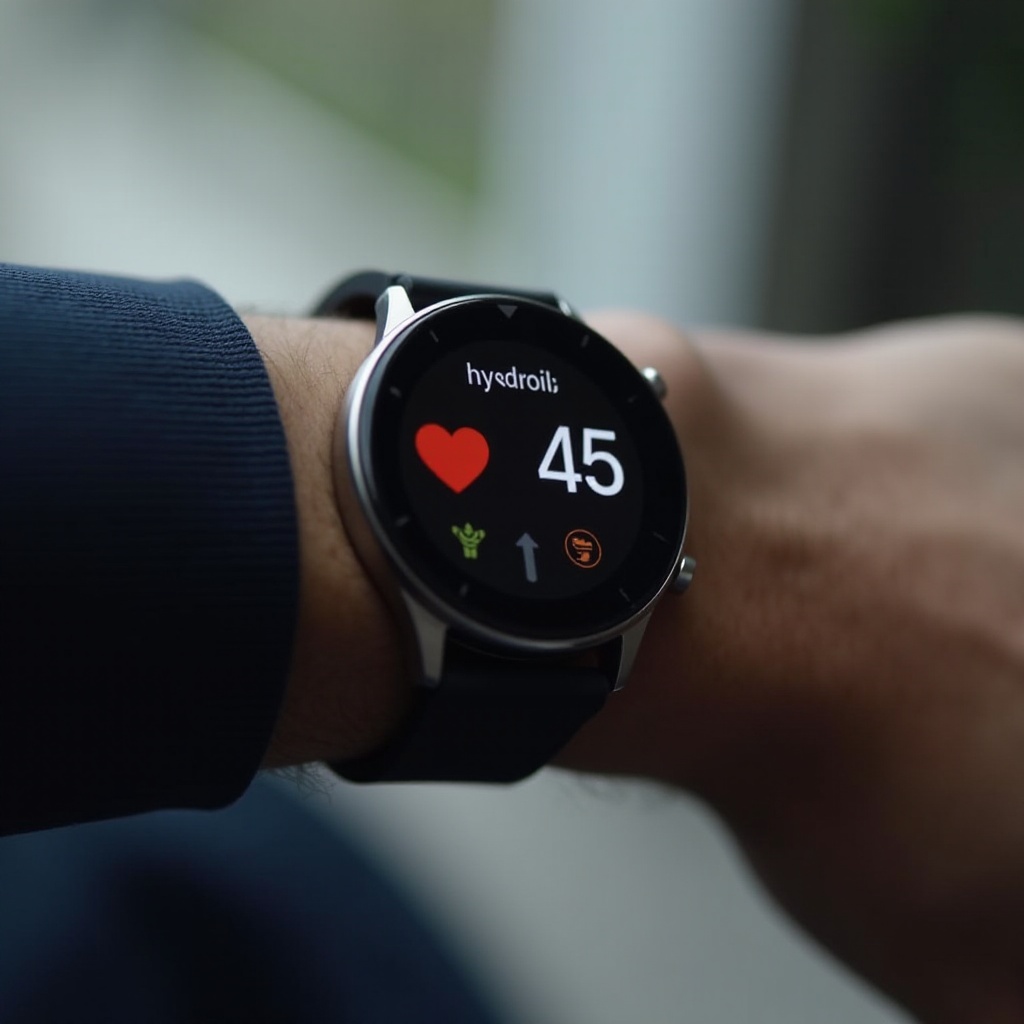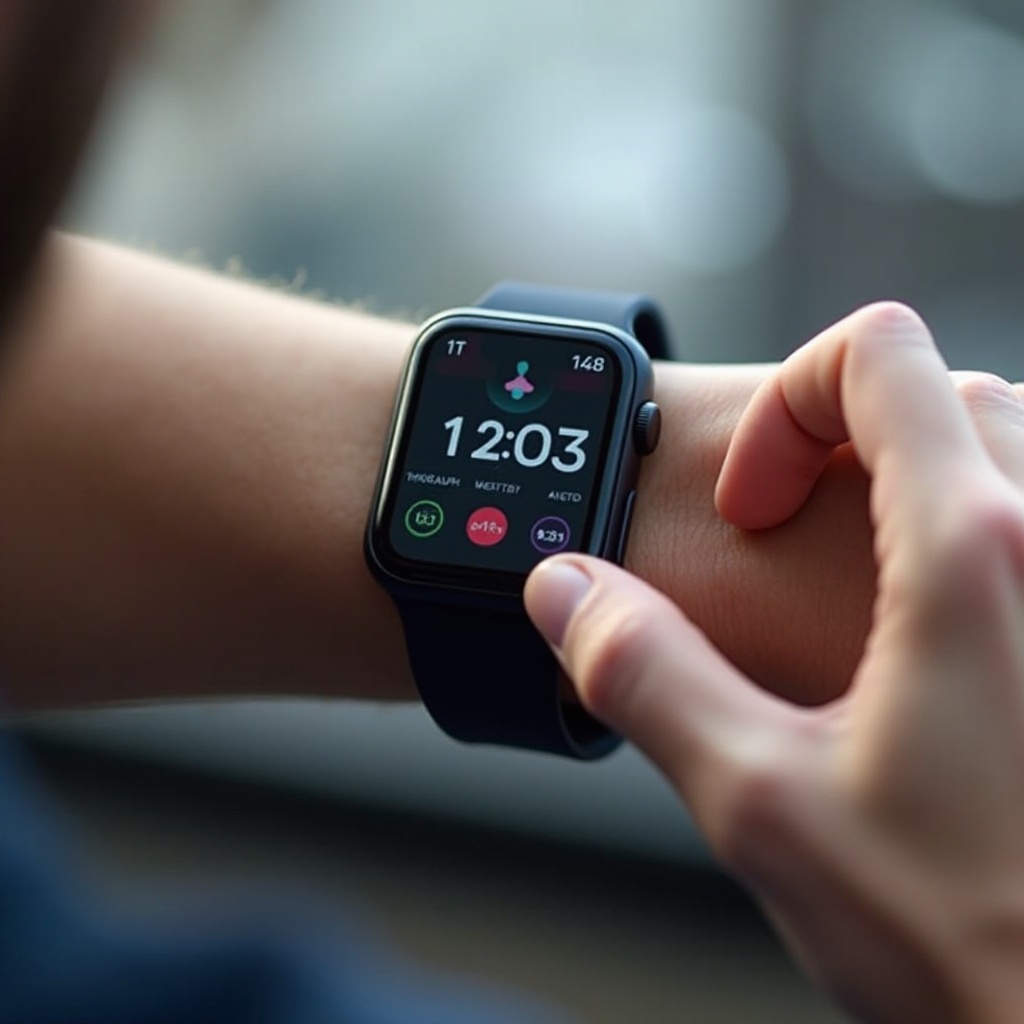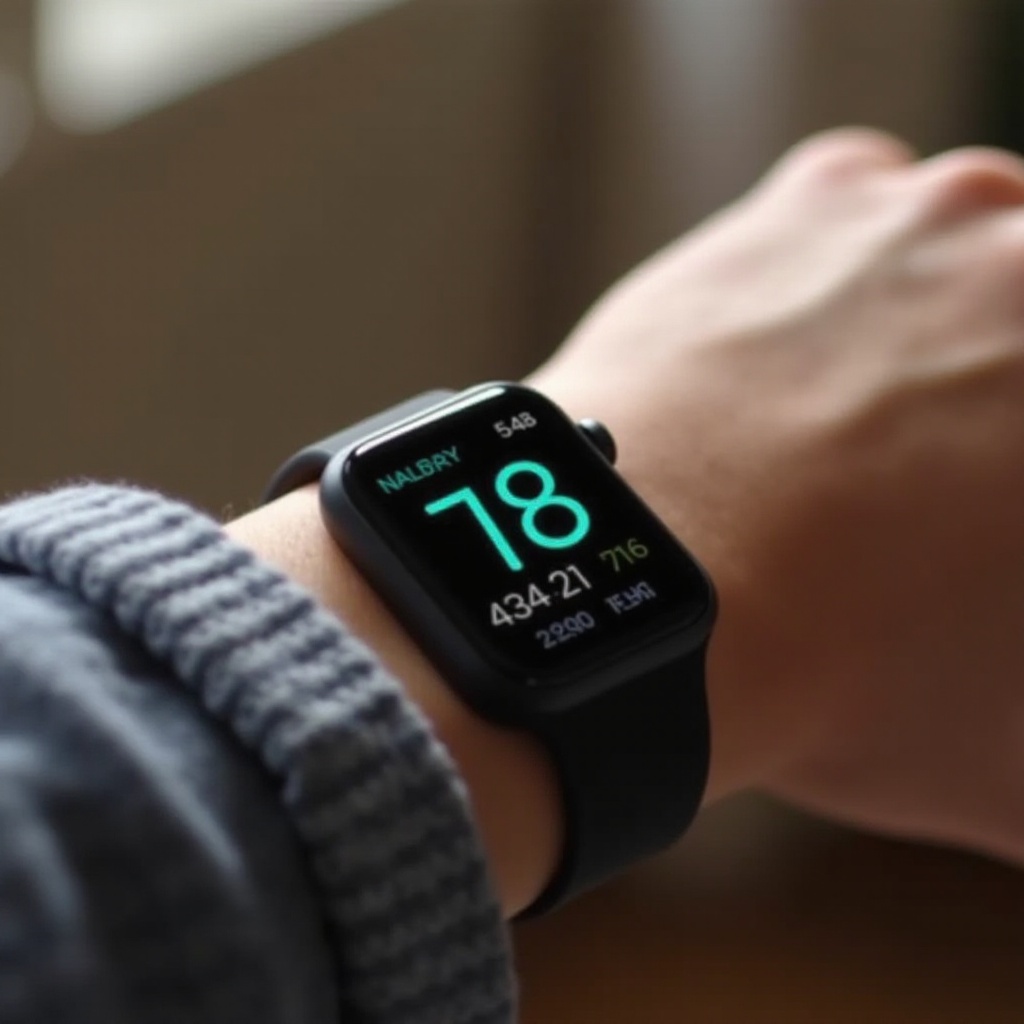Introduction
Smartwatches have rapidly evolved from mere time-telling devices to sophisticated health monitors. One of the groundbreaking features in the new generation of wearable technology is blood pressure monitoring. Understanding how a smartwatch reads blood pressure can help users make the most of these devices by using them appropriately for health tracking and management.
Health monitoring with smartwatches offers a convenient way to keep track of vital statistics on the go. However, it is crucial to understand the technology behind it, the process, and the limitations in order to use it effectively. So, let’s delve into the details of how smartwatches measure blood pressure.

The Technology Behind Smartwatch Blood Pressure Monitoring
Smartwatches with blood pressure monitoring use several advanced technologies to provide readings. Many of these devices use optical sensors that employ photoplethysmography (PPG) to detect blood volume changes in the microvascular bed of tissue. This technology is similar to what is used in pulse oximeters.
Additionally, some smartwatches use electrocardiogram (ECG) technology, which measures the electrical activity of the heart. The combination of PPG and ECG technologies can provide more comprehensive cardiovascular monitoring. Advanced algorithms and machine learning are then used to process the data collected and estimate blood pressure levels.
In addition to these methods, some smartwatches integrate inflatable cuffs, similar to traditional blood pressure monitors, to provide direct pressure readings. Each method has its strengths and unique applications, contributing to the overall accuracy and reliability of the measurements.
How Smartwatches Measure Blood Pressure: The Step-by-Step Process
Understanding the step-by-step process of how smartwatches measure blood pressure can help us appreciate the marvel of this wearable technology. Here’s a simplified breakdown:
- Initialization: The user is required to wear the smartwatch correctly. It is essential for the watch to be positioned snugly but comfortably on the wrist.
- Sensor Activation: Upon activation, the optical sensors, typically located at the back of the watch, emit light into the skin. These sensors detect the amount of light reflected back.
- Data Collection: Light absorption varies with the volume of blood that flows through the veins and arteries. The sensors capture these variations and patterns.
- Calculation Algorithms: The raw data captured by the sensors is processed using sophisticated algorithms. These algorithms can analyze the data to estimate blood pressure levels.
- Display: The calculated blood pressure readings are displayed on the smartwatch screen, allowing the user to view their measurements in real time.
Periodic calibration using a traditional blood pressure cuff can enhance the accuracy of these measurements, ensuring that the data remains precise over time.

Accuracy of Smartwatch Blood Pressure Measurements
While the technology behind smartwatch blood pressure measurement is impressive, it is natural to question its accuracy. Numerous studies have been conducted to compare smartwatch readings with those from traditional sphygmomanometers (blood pressure cuffs).
Generally, smartwatches provide reasonably accurate readings, especially when the devices are properly calibrated. They are particularly useful for tracking trends and identifying potential health issues over time rather than diagnosing specific conditions. The accuracy of smartwatches can be affected by various factors, including user movement, improper fit, or incorrect usage.
Comparative research indicates that smartwatches are often within an acceptable range of error for casual, non-clinical use. However, for critical health assessments, traditional methods remain the gold standard. Users should consider these devices as supplementary tools that can provide valuable health insights alongside regular medical check-ups.
Practical Tips for Accurate Blood Pressure Readings with a Smartwatch
To get the most out of smartwatch blood pressure monitoring, follow these practical tips:
- Calibrate Regularly: Ensure your smartwatch is accurately calibrated with a traditional blood pressure monitor.
- Proper Positioning: Wear the smartwatch snugly on the wrist, making sure the sensors have good contact with your skin.
- Remain Still: Sit quietly for a few minutes before taking a reading. Avoid talking, moving, or engaging in any activity that can cause fluctuations.
- Consistent Timing: Take readings at the same time each day to maintain consistency and track long-term trends.
- Use Both Hands: Occasionally take readings on both wrists to check for any significant disparities.
By following these steps, users can help ensure their readings are as accurate as possible, making their smartwatch a reliable companion in their health journey.
Limitations and Considerations
While smartwatches provide convenience and innovative health tracking features, there are certain limitations and considerations to keep in mind.
Firstly, smartwatch blood pressure monitoring is generally not as precise as professional medical equipment. It should not be used for diagnostic purposes or in place of regular health check-ups. Secondly, regular calibration is necessary to maintain accuracy over time. Without calibration, readings may become less reliable.
Additionally, various external factors such as wrist size, skin tone, and movement during the measurement can impact the accuracy of the readings. Recognizing these limitations is crucial for users to adequately interpret their readings within the right context.

Conclusion
Smartwatch technology has made significant advancements in health monitoring, offering users a convenient way to keep track of their vital signs, including blood pressure. Understanding how these devices work and making the most of their features requires proper use and realistic expectations about their accuracy and limitations. Smartwatches are a valuable tool for general health monitoring, providing insights into daily health trends and helping users maintain a healthier lifestyle.
Frequently Asked Questions
Can smartwatches be used as a replacement for traditional BP monitors?
Smartwatches are not intended to replace traditional blood pressure monitors. While they are useful for trend tracking and gaining general insights into your health, they lack the precision of medical-grade equipment. For accurate readings, especially for medical diagnoses, a traditional blood pressure monitor should be used.
How often should I calibrate my smartwatch for accurate readings?
Calibration frequency can vary depending on the specific device and manufacturer’s recommendations. Generally, it is advisable to calibrate your smartwatch every few weeks or following any significant changes in your health status to maintain accuracy.
Are there specific brand recommendations for the most accurate blood pressure readings?
Several brands are reputable for providing accurate blood pressure readings, including Apple, Samsung, and Fitbit. Devices such as the Apple Watch Series 6, Samsung Galaxy Watch 3, and Fitbit Sense are often recommended. However, it’s essential to consider device reviews and consult with healthcare providers when choosing a smartwatch for health monitoring.

